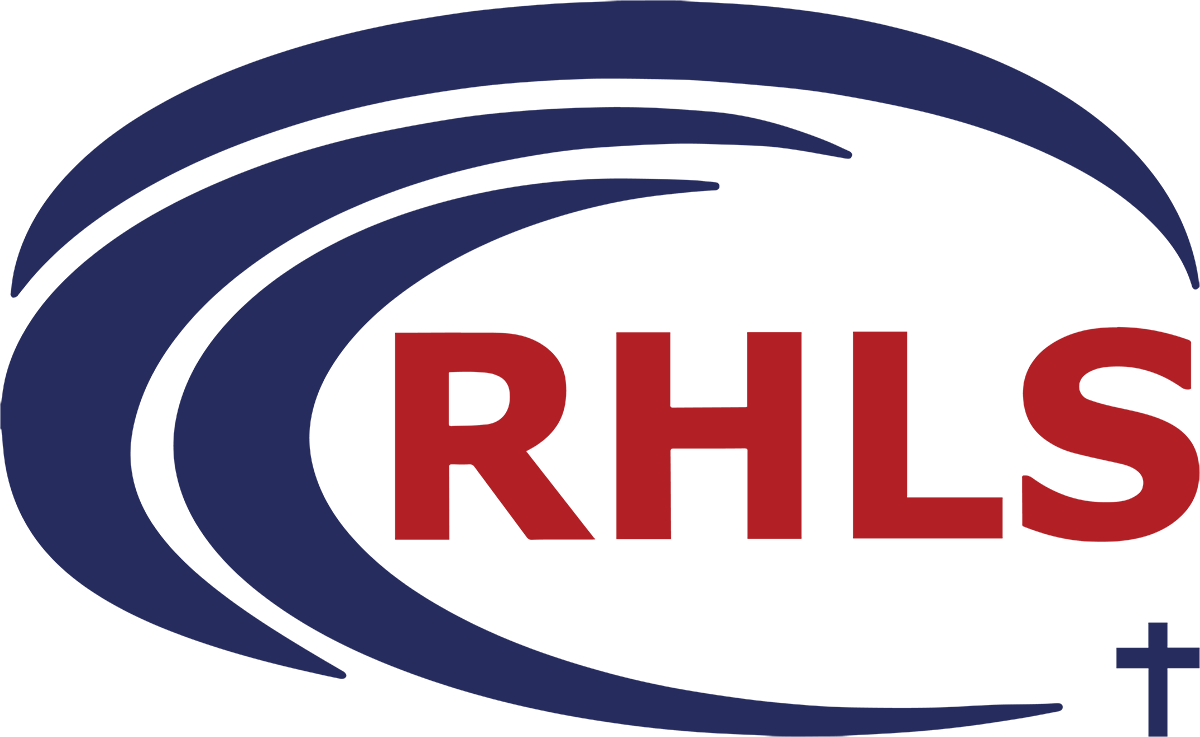In grades 6th-8th we carefully balance your child’s intellectual preparation, with social and emotional development—because we’ve seen, year after year, how each aspect supports and enhances the other.
That combination proves even more essential during the transformative Middle School years, as your child grows into a teenager, and academic and personal choices take on greater significance. We’ve created a comprehensive program that cultivates excitement, energy, and possibilities of this pivotal time—fully preparing your child for high school while guiding your whole family through the high school admissions process.
Whether debating a political issue in the classroom, portraying a character on stage, running for Student Senate, competing on a soccer team, or serving breakfast at a soup kitchen, RHLS Middle Schoolers are laying the academic, social, and emotional foundation for their future. Guided and inspired by dedicated faculty members, students stretch and grow beyond their highest expectations into lifelong learners. They do original research, enhancing their critical and analytical abilities; create real-world, technologically sophisticated solutions through design thinking; and deepen their collaborative skills with group projects. Students gain confidence and maturity through service, build resilience by experiencing failure as well as success, learn the value of friendship and sportsmanship—and the lesson that you don’t always need to be out in front to lead.
Many students take advantage of our morning surf elective, enjoy lunch in Riviera Village and become well-spoken, confident young adults.
